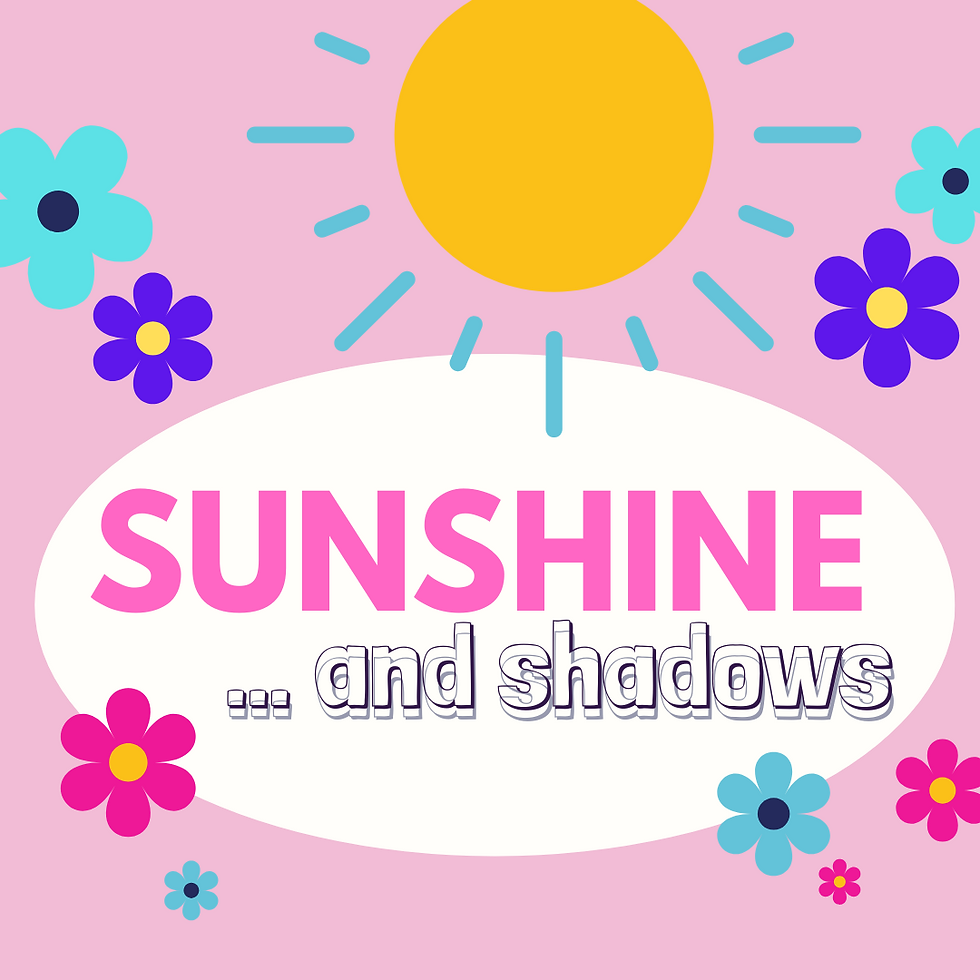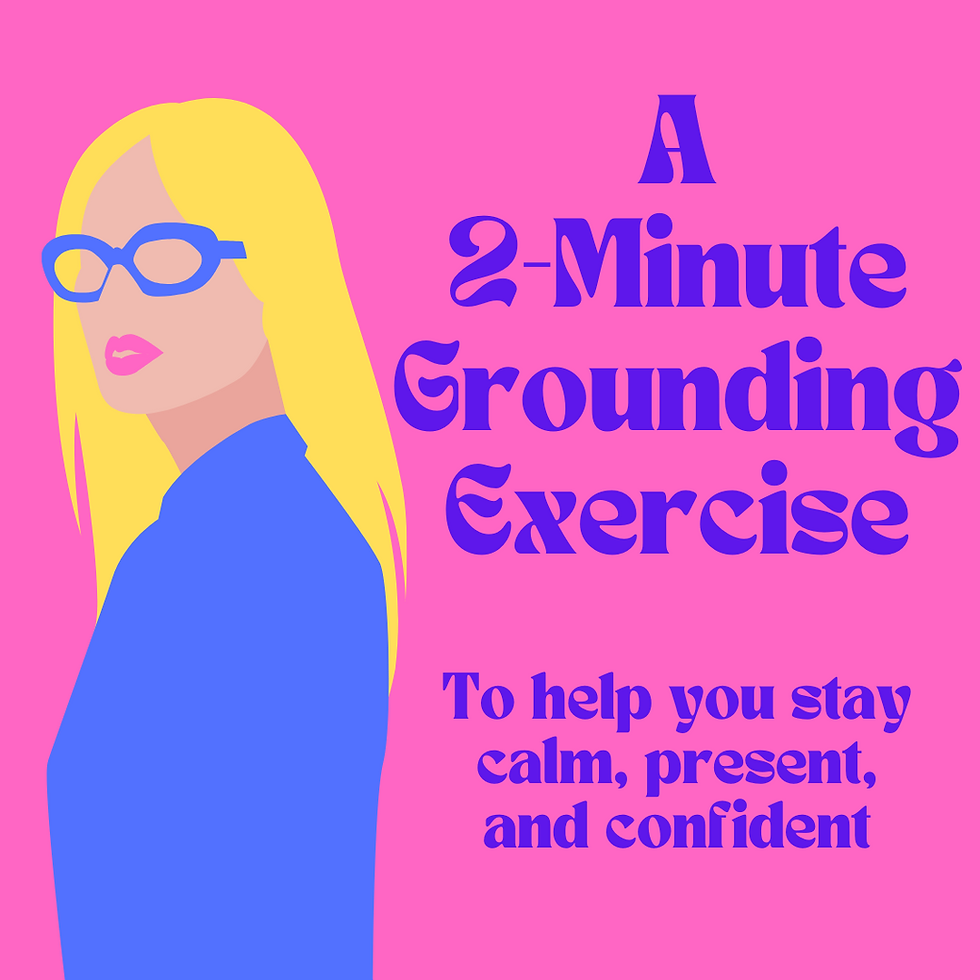Why You Avoid Conflict (According to Your Enneagram Type) and How to Deal With It
- jilanncarlson

- Aug 3
- 4 min read

Let’s be real: most of us don’t love conflict.
Some people avoid it entirely. Others charge in and end up wondering why no one followed. Some smile politely while quietly planning their exit strategy.
But the reason behind your conflict style? That’s where the Enneagram offers incredible insight.
Your Enneagram type reveals more than personality traits. It helps you uncover the emotional habits you’ve developed to feel safe, seen, and in control. When it comes to conflict, those habits often shape how you respond without you even realizing it.
In this post, we’ll explore:
Why each Enneagram type avoids conflict
The core fear or need driving that avoidance
One intentional step you can take to handle conflict more effectively
Whether you’re in the middle of a difficult conversation or you usually steer clear of all tension, this guide will help you understand yourself and others better.
Type 1 – The Reformer
Conflict Avoidance Style: Fixing, correcting, or holding it in
You want things to be right, fair, and good. Conflict feels like something is wrong, and you may try to over-correct or keep frustration to yourself because anger feels inappropriate
Try this: Pause before jumping to fix. Ask yourself, “Am I trying to solve this so I don’t have to feel it?”
Type 2 – The Helper
Conflict Avoidance Style: Suppressing your needs to keep harmony
You focus on caring for others, so conflict can feel like a threat to connection. You may ignore your own hurt to keep things pleasant.
Try this: Be honest about what you feel. Expressing your needs is a path to deeper connection, not a disruption of it.
Type 3 – The Achiever
Conflict Avoidance Style: Moving on quickly or polishing the problem
You like progress and results. Conflict feels inefficient or like it could make you look weak or unprepared. You may try to smooth things over or redirect the focus.
Try this: Let yourself be honest even when it feels messy. You build trust by being real, not by being flawless.
Type 4 – The Individualist
Conflict Avoidance Style: Withdrawing or hoping to be understood without explaining
You feel things deeply, but it can be hard to express those feelings clearly. You might wait for others to notice your emotions or understand your pain without you saying much.
Try this: Use simple language to express what you feel. Speaking clearly helps others connect with you sooner and more deeply.
Type 5 – The Investigator
Conflict Avoidance Style: Detaching emotionally or going silent
Conflict feels intrusive or overwhelming. You may prefer to retreat into your thoughts rather than stay in emotionally charged conversations.
Try this: Stay present, even if you don’t have the perfect words. Your quiet presence is more valuable than you might think.
Type 6 – The Loyalist
Conflict Avoidance Style: Overanalyzing, deferring, or doubting your own perception
You want to feel safe and supported, and conflict can create uncertainty. You may second-guess your response or wait for someone else to lead.
Try this: Focus on what is true right now. You have wisdom to offer, and your instincts are stronger than you think.
Type 7 – The Enthusiast
Conflict Avoidance Style: Minimizing, joking, or changing the subject
You value positivity and want to avoid being stuck in anything heavy. Conflict feels like it could trap you in discomfort or negativity.
Try this: Stay with the moment. Discomfort won’t last forever, and working through it can actually increase your joy.
Type 8 – The Challenger
Conflict Avoidance Style: Taking control or guarding vulnerability
You are not afraid of confrontation, but emotional exposure can feel risky. You may come on strong to avoid feeling too open or misunderstood.
Try this: Share the reason behind your intensity. When others see your heart, they are more likely to feel safe with your strength.
Type 9 – The Peacemaker
Conflict Avoidance Style: Numbing out, staying quiet, or going along to get along
You want harmony and inner peace. Conflict feels like it disrupts everything, so you may avoid expressing your needs or opinions to keep things calm.
Try this: Speak up, even in small ways. Peace does not come from pretending things are fine. It grows through honesty and presence.
Ready to Take This Deeper?
Understanding your Enneagram type’s conflict style is a powerful first step. When you see the pattern, you can choose a new response.
Want personalized insight into how your type handles conflict and relationships?
I’m offering a 15-minute custom video + PDF guide based on your responses to a few quick questions. It’s like having a mini coaching session in your inbox.
This offer is normally $47, but subscribers to my email list (and now YOU) get an exclusive discount for this week only.👉 Click here to learn more and use code NEWSLETTER at checkout
🎧 Listen to the full podcast episode here:“Enneagram and Conflict: What You Avoid and Why It Matters”
In under 10 minutes, I break down each type and share one practical way forward so you can stop avoiding and start connecting.🎧 Click to listen
Final Thought: Avoiding conflict doesn’t protect your relationships. It often prevents them from growing. When we approach tension with awareness, courage, and honesty, we become stronger—and so do our relationships.
Don’t forget... there’s strength in numbers. 💛



Comments